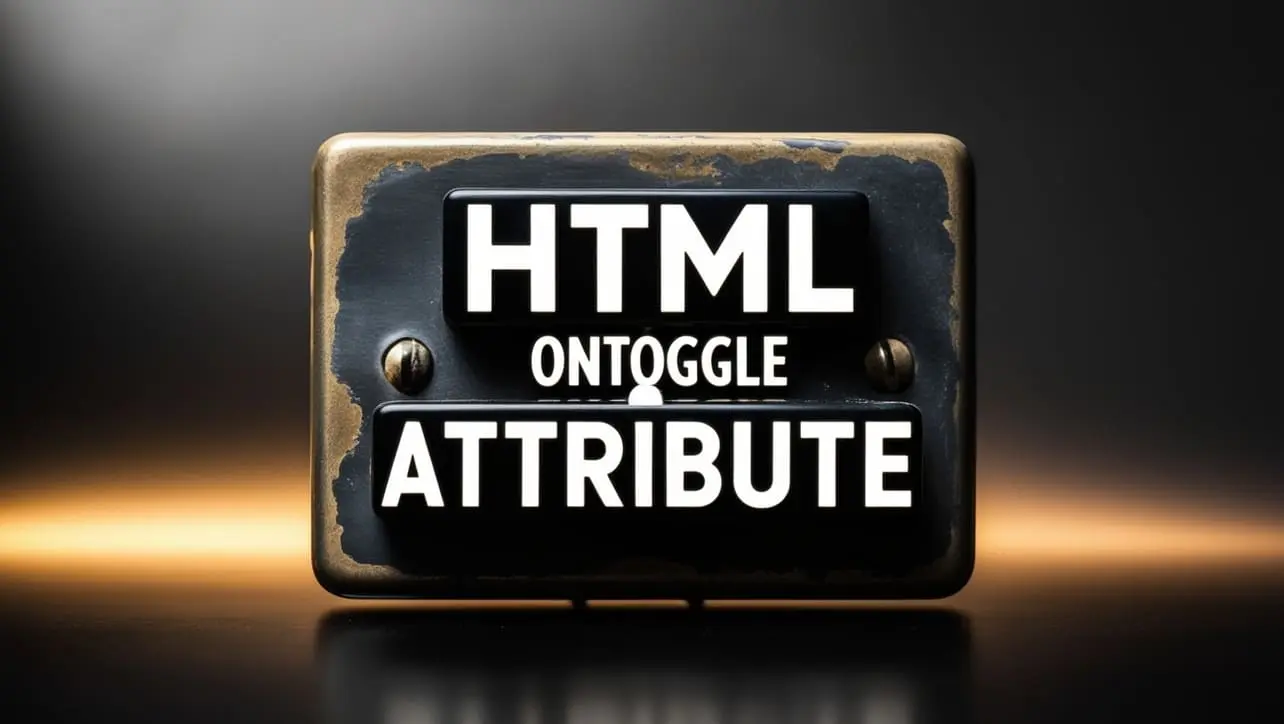
HTML Topics
- HTML Intro
- HTML Basic
- HTML Editors
- HTML CSS
- HTML Tags
- HTML Deprecated Tags
- HTML Events
- HTML Event Attributes
- HTML Global Attributes
- HTML Attributes
- abbr
- accept
- accept-charset
- accesskey
- action
- align
- alt
- archive
- as
- async
- autocapitalize
- autocomplete
- autofocus
- autoplay
- axis
- bgcolor
- border
- cellpadding
- cellspacing
- char
- charoff
- charset
- checked
- cite
- class
- classid
- codebase
- codetype
- color
- cols
- colspan
- compact
- content
- contenteditable
- controls
- coords
- crossorigin
- data
- data-*
- datetime
- declare
- default
- defer
- dir
- dirname
- disabled
- download
- draggable
- enctype
- enterkeyhint
- for
- form
- formaction
- formenctype
- formmethod
- formnovalidate
- formtarget
- frame
- frameborder
- frameset
- headers
- height
- hidden
- high
- href
- hreflang
- hspace
- http-equiv
- id
- inert
- inputmode
- ismap
- kind
- label
- lang
- list
- loop
- low
- max
- maxlength
- media
- method
- min
- multiple
- muted
- name
- novalidate
- onabort
- onafterprint
- onbeforeprint
- onbeforeunload
- onblur
- oncanplay
- oncanplaythrough
- onchange
- onclick
- oncontextmenu
- oncopy
- oncuechange
- oncut
- ondblclick
- ondrag
- ondragend
- ondragenter
- ondragleave
- ondragover
- ondragstart
- ondrop
- ondurationchange
- onemptied
- onended
- onerror
- onfocus
- onhashchange
- oninput
- oninvalid
- onkeydown
- onkeypress
- onkeyup
- onload
- onloadeddata
- onloadedmetadata
- onloadstart
- onmousedown
- onmousemove
- onmouseout
- onmouseover
- onmouseup
- onmousewheel
- onoffline
- ononline
- onpagehide
- onpageshow
- onpaste
- onpause
- onplay
- onplaying
- onpopstate
- onprogress
- onratechange
- onreset
- onresize
- onscroll
- onsearch
- onseeked
- onseeking
- onselect
- onstalled
- onstorage
- onsubmit
- onsuspend
- ontimeupdate
- ontoggle
- onunload
- onvolumechange
- onwaiting
- onwheel
- open
- optimum
- pattern
- placeholder
- popover
- popovertarget
- popovertargetaction
- poster
- preload
- readonly
- rel
- required
- reversed
- rows
- rowspan
- sandbox
- scope
- selected
- shape
- size
- sizes
- span
- spellcheck
- src
- srcdoc
- srclang
- srcset
- start
- step
- style
- tabindex
- target
- title
- translate
- type
- usemap
- value
- width
- wrap
- HTML Comments
- HTML Entity
- HTML Head
- HTML Form
- HTML IndexedDB
- HTML Drag & Drop
- HTML Geolocation
- HTML Canvas
- HTML Status Code
- HTML Language Code
- HTML Country Code
- HTML Charset
- MIME Types
HTML ontoggle Attribute

Photo Credit to CodeToFun
🙋 Introduction
The ontoggle attribute is a powerful tool in HTML that allows developers to define JavaScript code that will be executed when the state of a toggleable element changes.
This attribute is particularly useful when you want to perform specific actions in response to a user toggling an element, such as a checkbox or a switch.
🎯 Purpose of ontoggle
The primary purpose of the ontoggle attribute is to associate JavaScript code with the toggling action of an element.
This can be beneficial for creating dynamic and interactive web pages where certain behaviors should be triggered when a user interacts with toggleable elements.
💎 Values
The ontoggle attribute accepts JavaScript code as its value. You can directly provide the JavaScript function or code snippet that should be executed when the element is toggled. For example:
<input type="checkbox" id="myCheckbox" ontoggle="toggleAction()">🧠 How it Works
In this example, the toggleAction function will be called whenever the state of the checkbox changes.
📄 Example
Let's look at a simple example of how to use the ontoggle attribute in an HTML document:
<label for="mySwitch">Toggle Switch:</label>
<input type="checkbox" id="mySwitch" ontoggle="toggleSwitchAction()">
<script>
function toggleSwitchAction() {
var switchState = document.getElementById("mySwitch").checked;
if (switchState) {
alert("Switch is ON!");
} else {
alert("Switch is OFF!");
}
}
</script>🧠 How it Works
In this example, the ontoggle attribute is applied to a checkbox, and the associated JavaScript function toggleSwitchAction is called whenever the checkbox is toggled. The function checks the state of the checkbox and displays an alert accordingly.
🔄 Dynamic Values with JavaScript
Similar to other HTML attributes, you can also dynamically set the ontoggle attribute using JavaScript.
This can be useful when you want to change the toggle behavior based on specific conditions or user interactions. Here's a brief example:
<script>
// Dynamically set ontoggle for an element
document.getElementById("dynamicToggle").ontoggle = function() {
alert("Element toggled dynamically!");
};
</script>🧠 How it Works
In this script, the ontoggle attribute is dynamically set for an element with the id dynamicToggle. When the element is toggled, the associated function will be executed, displaying an alert.
🏆 Best Practices
- Use the
ontoggleattribute for elements that can be toggled, such as checkboxes or switches. - Keep the associated JavaScript code concise and focused on the specific behavior you want to trigger upon toggling.
- Test the functionality across different browsers to ensure consistent behavior.
🎉 Conclusion
The ontoggle attribute provides a straightforward way to add interactivity to toggleable elements in your HTML documents.
By associating JavaScript code with the toggling action, you can create dynamic and responsive user interfaces.
👨💻 Join our Community:
Author

For over eight years, I worked as a full-stack web developer. Now, I have chosen my profession as a full-time blogger at codetofun.com.
Buy me a coffee to make codetofun.com free for everyone.
Buy me a Coffee












If you have any doubts regarding this article (HTML ontoggle Attribute), please comment here. I will help you immediately.